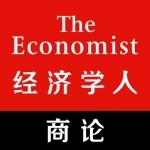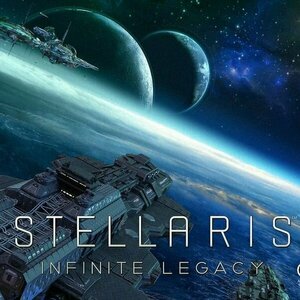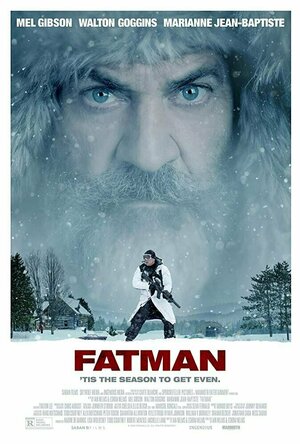
Riding Pine
Book
A hockey player and a beaver walk into a bar… I’m not a real beaver. I just play one for the...
Emma @ The Movies (1786 KP) rated Fatman (2020) in Movies
Dec 21, 2020
As Santa tries to keep his workshop afloat in ever trying naughty times. But as he diversifies his team, a new problem raises its ugly head, eternally naughty Billy is less than impressed by his coal and hires a hitman to take Santa out of the festivities for good.
The idea of making this sort of Christmas film is wonderful to me, the action-packed ride of a thriller with just enough festivity to make it a great alternative Christmas movie choice... *chef's kiss*
Bringing the added twist of children getting a little less nice every year, we see the stark reality that this brings to Santa's business model. It gives him the very modern concern of traditional businesses... and I really liked that angle.
Gibson in the gruff but jolly role of Santa fits well with this aesthetic, and the way he manages to turn Santa into a hardened action star really amused me. There were great subtleties in the character and I loved how we saw his changes, and how they dealt with the mystery of Santa as an eternal, all-knowing character. And for that matter, the elves and how they prove to be the most effective workforce on the planet.
Pitted against Santa we have Walton Goggins as our hitman and Chance Hurstfield as Billy... who is the first person I have wished a reindeer trampling on. Billy is the evil part of the baddie contingent, while the Skinny Man (as he's named on IMDb) really feels like he's just bad for the paycheck and you'd actually bring him round after a good talking to. Goggins has an interesting backstory to his character, and yet for some reason we never get a very satisfying look at it. An opportunity missed that leaves part of the storyline a little unanswered.
Almost instantly I was struck by the look of the film, the general muted tones with punctuations of red and green made for very strong visuals. The snow-covered scenery and rustic feel to Santa's compound was a lovely addition too, and it was a refreshing change to the vibrant and excessively cheery depiction of a "traditional" Santa's village.
While I loved the idea they were conjuring here, there were bits of the execution that didn't feel quite right. For an action film, it was missing some... kapow... literally. The explosions had no wow factor and seemed rather tame for this outlandish tale. The film also felt like it was trying to be too many different things. Billy's overly animated maniacal behaviour felt like it was trying to keep the film for a younger audience, but with a 15 rating that was out of their reach. This, coupled with the missing Goggins backstory felt like they weren't convinced by their own ideas. With the film being quite a short 1 hour 40 I think it could have stood a few additions here and there.
I'm definitely here for the menacing Father Christmas, and more actiony Christmas movies in my life. The way they switched this one up put a genuine smile on my face.
Originally posted on: https://emmaatthemovies.blogspot.com/2020/12/fatman-movie-review.html

Linea - Sketch Simply
Productivity
App
A sketch book isn't complicated, so why is your iPad? Modern drawing apps are powerful, but they...

Taichi Temple - Learn Tai Chi & Qi Gong with Motion Tracking
Health & Fitness and Education
App
An innovative new approach to learning tai chi with authentic roots in traditional Chinese martial...

Translate Me - Live Translator
Productivity and Reference
App
Translate Me is a simple yet powerful tool to translate text, speech and even to have real-time...

Translate Voice - Language Translator & Dictionary
Travel and Reference
App
To watch a demo video on YouTube, search for "myLanguage Pro". myLanguage is the premier language...

The Economist GBR
News and Business
App
The Economist Global Business Review is a new bilingual digital app from the editors of The...

SmartOffice - View & Edit MS Office files & PDFs
Business and Productivity
App
NEW DESIGN! SmartOffice has been redesigned to provide a more intuitive, easy-to-use product with a...

Stellaris: Infinite Legacy
Tabletop Game
The Galaxy is vast and full of wonder Academy Games introduces the 4X board game based on the hit...

ChineseSkill -Learn Mandarin Chinese Language Free
Education and Reference
App
ChineseSkill is the most effective app to learn Chinese mandarin. Features: 1. Game-based learning...
